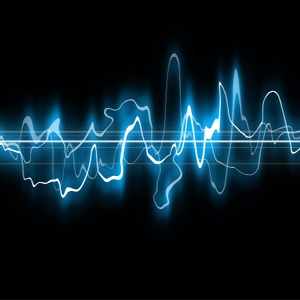
The finding provides new degrees of freedom for sound manipulations.” the coupling between two types of angular momentum. And we investigated its spin-orbit interactions (an important property only exists in transverse waves), i.e. “ While the airborne sound is a longitudinal wave in usual cases, we demonstrated for the first time that it can be a transverse wave under certain conditions.

“If you speak to a physicist about airborne transverse sound, he/she would think you are a layman without training in university physics because textbooks say that airborne sound (i.e., sound propagating in the air) is a longitudinal wave,” said Dr Wang. But the latest discovery by scientists from CityU changes this understanding of sound waves. In longitudinal waves like sound, the vibrations are parallel to the direction of wave propagation. In transverse waves like light, the vibrations are perpendicular to the direction of wave propagation. The physics textbooks tell us there are two kinds of waves. It was published in Nature Communications, titled “ Spin-orbit interactions of transverse sound”.īeyond the conventional understanding of sound wave

The research was initiated and co-led by Dr Wang Shubo, Assistant Professor in the Department of Physics at CityU, and conducted in collaboration with scientists from Hong Kong Baptist University (HKBU) and the Hong Kong University of Science and Technology (HKUST). The findings shattered scientists’ previous beliefs about the sound wave, opening an avenue to the development of novel applications in acoustic communications, acoustic sensing and imaging.

Can you imagine sound travels in the same way as light does? A research team at City University of Hong Kong (CityU) discovered a new type of sound wave: the airborne sound wave vibrates transversely and carries both spin and orbital angular momentum like light does.


 0 kommentar(er)
0 kommentar(er)
